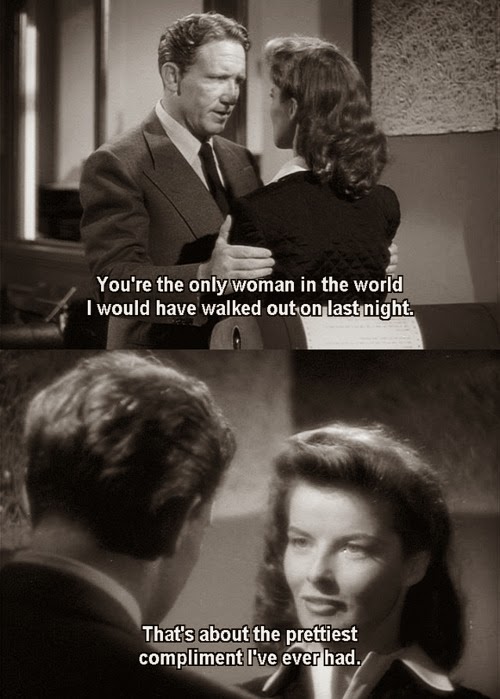 |
| Ava Gardner |
Ava Gardner's beauty was insane. INSANE. Labeled "the Love Goddess" by the Hollywood publicity machine, the title was both an accurate description of the sensual feelings she inspired (merely by purring) and an equal misnomer, considering the reality of her romantic life. Ava was far from the dynamic seductress she would become as a Hollywood star. Growing up an impoverished tomboy in North Carolina, she became a surprise beauty queen when a talent scout spotted her picture in her brother-in-law's shop window. What followed was an uncomfortable for her, yet extraordinary for us, ascent as one of the most beautiful women in cinematic history.
However, Ava was far more than her luscious extremities. A down-to-earth, unpretentious, accidental femme fatale, her persona would be turned upside down through her progression in Hollywood from a shy kid from the sticks to the ultimate tiger woman. Unschooled in acting, she would have preferred to be a singer, which explained her brief love affair and infatuation with Artie Shaw. However, her abilities on the screen were more than enough to garner public affection. To say she was charismatic is the understatement of the millennium. Ava was fierce. In contrast to Marilyn Monroe, for example, she was not as openly vulnerable. The sharp features of her face as accompanied by her full mouth were intense, alluring, and unforgiving in a predatory sense. When paired with her sultry voice, the effect was devastating. She wasn't a sex-object so much as a a dominatrix. Women admired her intensity and related to the broken woman hiding underneath her veneer. Men... they just wanted to be destroyed by her.
As many of the scout-found talents of her era, one can literally watch Ava's abilities grow on film. The awkward and uncertain girl (who married Mickey Rooney) artfully evolved into a courageous and dangerous actress. To see her blink-and-you'll-miss-it-featured roll in Calling Dr. Gillespie, to her poetically aggressive presentation in One Touch of Venus, and her comfortable, sexual masterdom in Mogambo is a fascinating experience in itself. By the time she appeared in Stanley Kramer's On the Beach, she was a seasoned veteran, through with pretense and totally embracing the raw, rough and tumble aspects of her true nature. Ava had little use for BS. The older she got, the more she was able to shirk the accepted affectations and just be the edgy, emotionally abandoned, and even frightened woman she was underneath. Few actresses had such courage.
Her personal life was less savory. She suffered a slew of broken hearts, most notoriously from her intense marriage to Frank Sinatra, a soul mate that would never fully recover from her nor she from him. Unrepentant for the woman whom she developed into, Ava left the world of Hollywood behind for the most part in her later years, moving to her beloved Spain and dancing "barefoot," as was her way. As she aged, her iconic beauty remained but was faded by harsh years, hard knocks, and alcoholism. The real Ava, who was built into a star, got lost somewhere in the Hollywood machinery and spent the majority of her life trying to find herself again.
Still, the love Goddess remains, and on this day, the day of Lovers, it seems appropriate to honor her and the impassioned, unarguable, unbreakable imprint she left behind. An accidental pioneer in the world of feminism, her example of confidence, a healthy sexuality, and chronic defiance still coaches the women of the world on their own quest for pride in identity. And the dudes still dig her too.

















_02.jpg)


_07.jpg)



